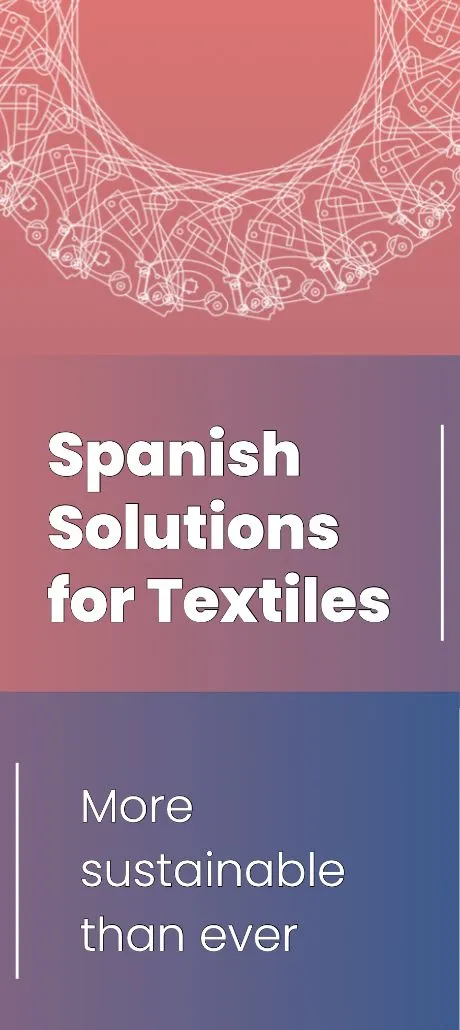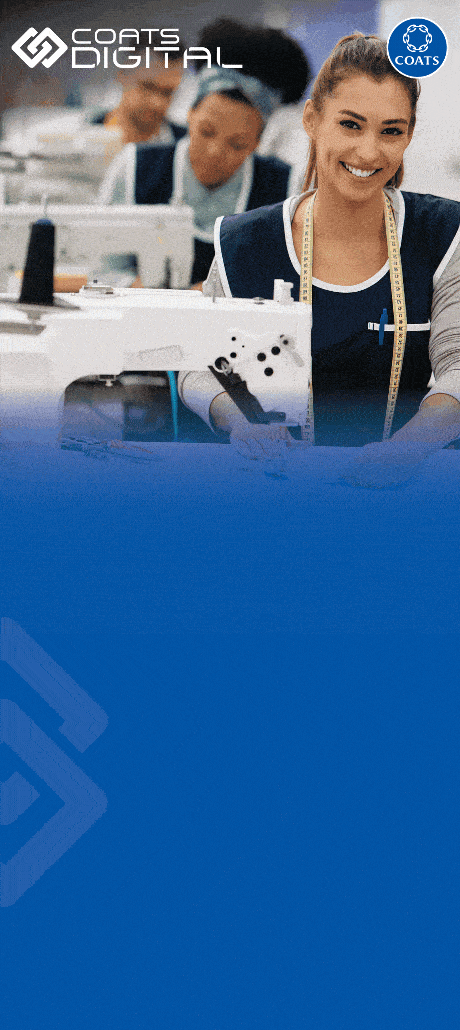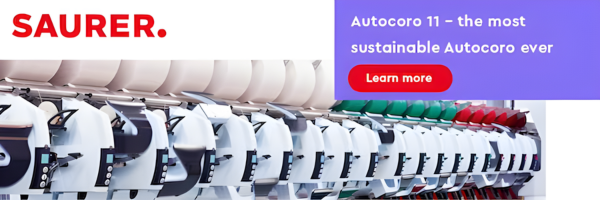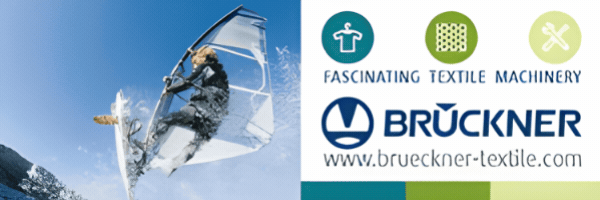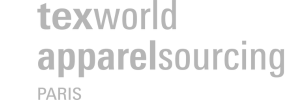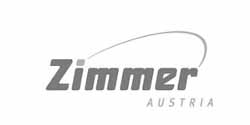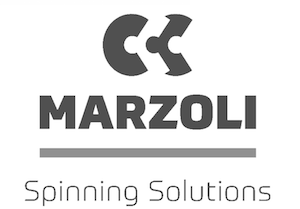Iran’s textile industry stands at a pivotal moment, with current investments reaching $400 million and the potential to attract up to $1 billion, provided comprehensive support for domestic production is implemented.
With a market size estimated at $15 billion, the textile sector in Iran encompasses a wide range of products, including apparel, home textiles, bedding, curtains, and other fabric-based goods. This diversified consumer base presents a significant opportunity for investors and manufacturers alike.

Iran’s textile sector is positioned for major growth with up to $1 billion investment potential.
Investment and Security: Foundations for Growth
Productive investment is widely recognized as a cornerstone for advancing economic and industrial indicators. However, achieving this requires a secure and profitable business environment. As such, national policies must prioritize the transformation of the business landscape to one that favors domestic production and encourages long-term capital flow into the sector.
Barriers to Progress: The Role of Contraband and Import Policy
Despite its potential, the Iranian textile market is partially occupied by smuggled goods, weakening the competitiveness of locally made products. Addressing this challenge calls for a decisive crackdown on illegal imports and a thorough review of anti-contraband strategies, which have so far failed to yield effective outcomes.
One of the key concerns within the industry remains the presence of foreign-branded goods that are, in fact, domestically produced. This branding misrepresentation reflects deeper cultural and policy shortcomings, underscoring the need for initiatives that promote consumer trust in Iranian-made products.
Trade Imbalances and Currency Policy
The disparity between official and open market exchange rates has further distorted the textile trade.

Key stats on Iran’s textile sector: $400M invested, $1B potential, $15B market size — and ongoing challenges like widespread smuggling.
It has inadvertently encouraged non-strategic imports, contributing to a surge in fabric imports—from $300 million in 2011 to nearly $1 billion in 2024. This rapid growth has not been matched by population or economic expansion, pointing to policy gaps in regulating and managing import flows.
Incentivized by inconsistent tariff structures and the profitability of foreign exchange arbitrage, importers have flooded the market with products that compete directly with local offerings, often at the expense of domestic producers. To address this, authorities are urged to reassess customs tariffs and ensure that exchange rates used in import calculations reflect actual market conditions.
Policy Reforms for Investment Acceleration
To unlock the full investment capacity of the textile industry, reforms are needed in several key areas:
• Import regulations should be realigned to protect strategic industries.
• Tariff structures must be revisited to remove distortions in competitiveness.
• Incentives and financing facilities should be updated to support investment in domestic manufacturing.
• Cultural campaigns are needed to reinforce consumer confidence in Iranian products.
A Strategic Industry for Economic Development
The textile sector remains a critical pillar for employment, value addition, and industrial diversification. With the right support mechanisms, Iranian manufacturers can continue to improve production efficiency, offer competitive, high-quality products, and meet growing domestic and international demand.
If supported with coherent policy frameworks, the Iranian textile industry can play a leading role in national economic development—creating jobs, reducing dependency on imports, and attracting foreign and local investment.


